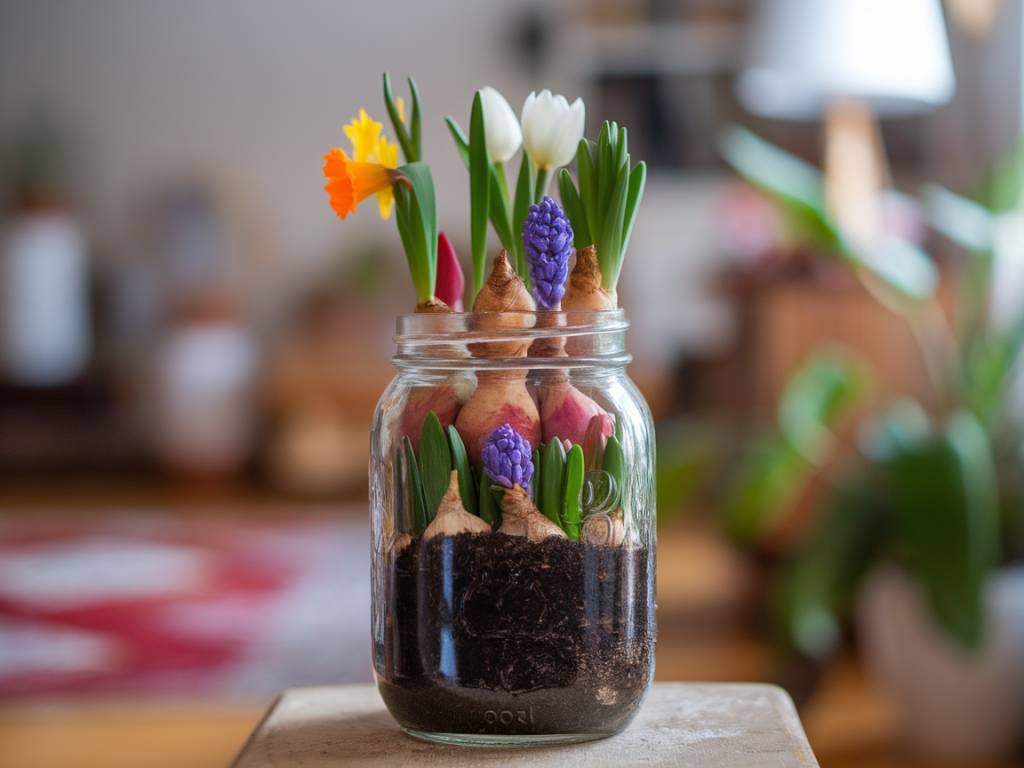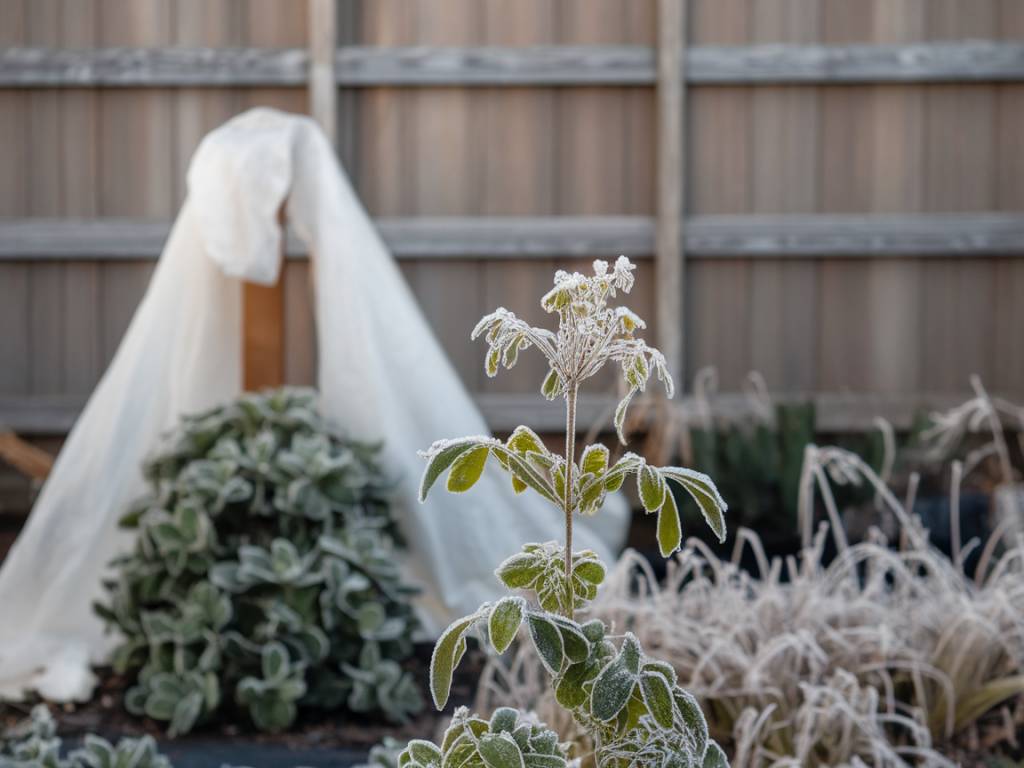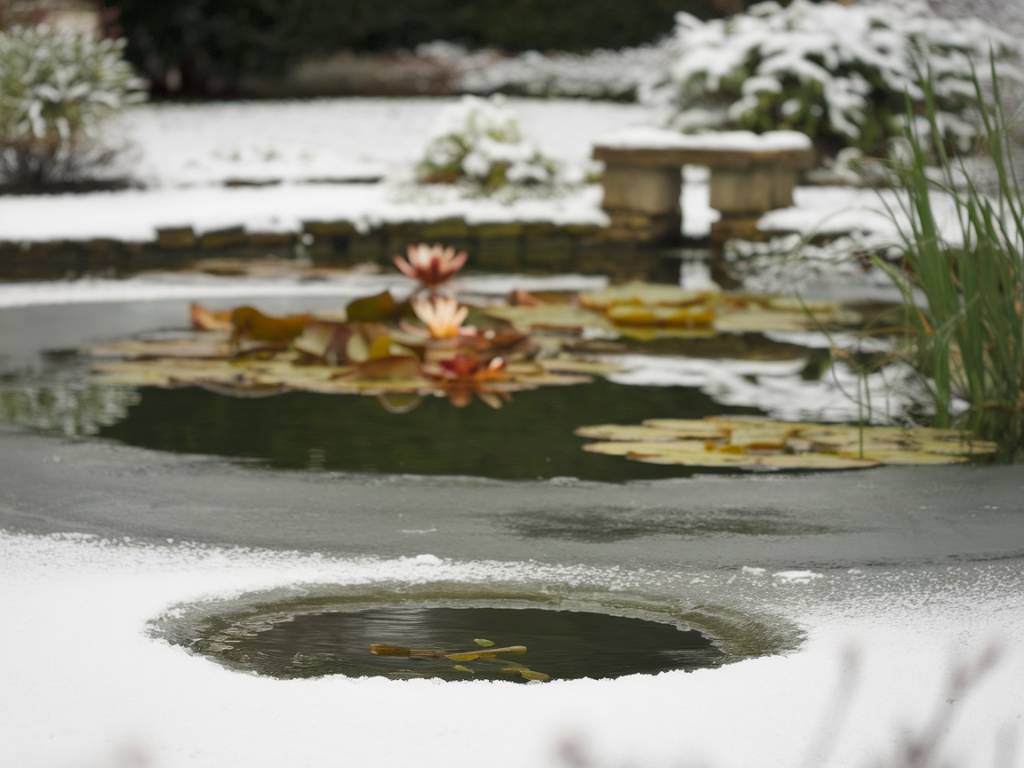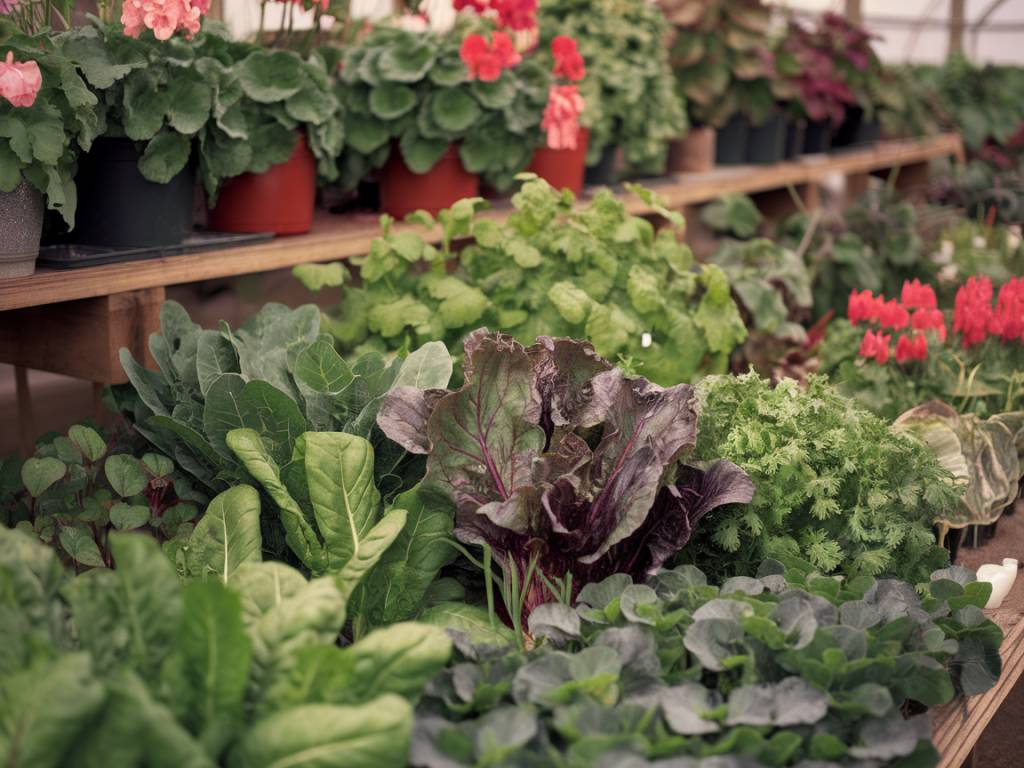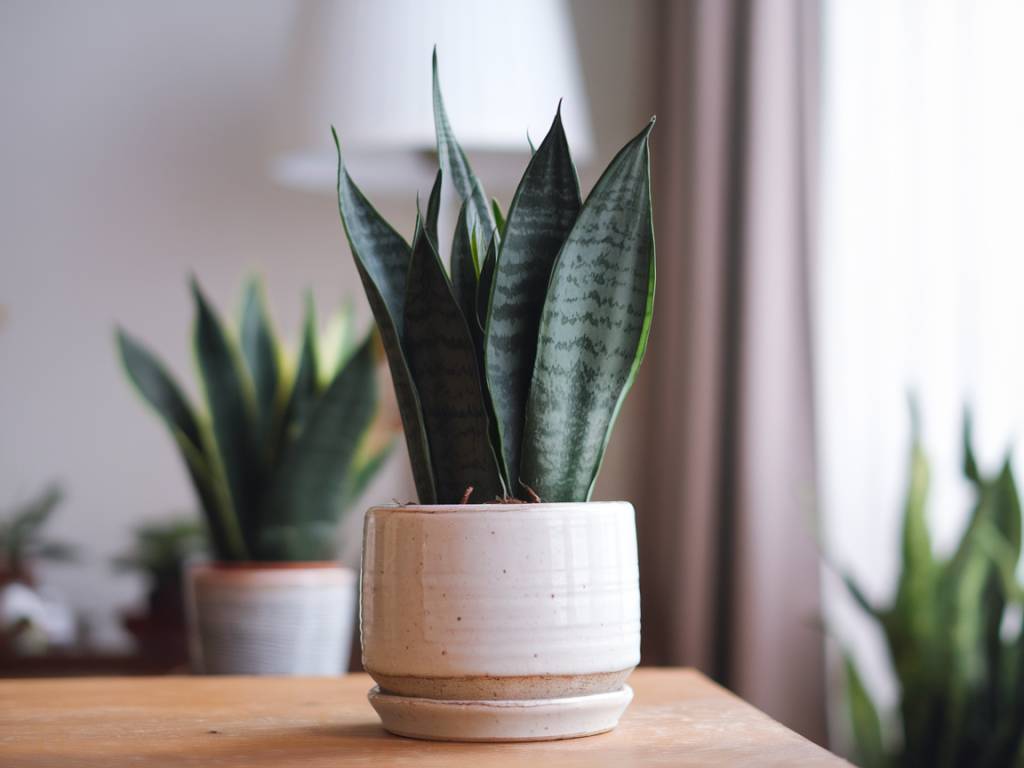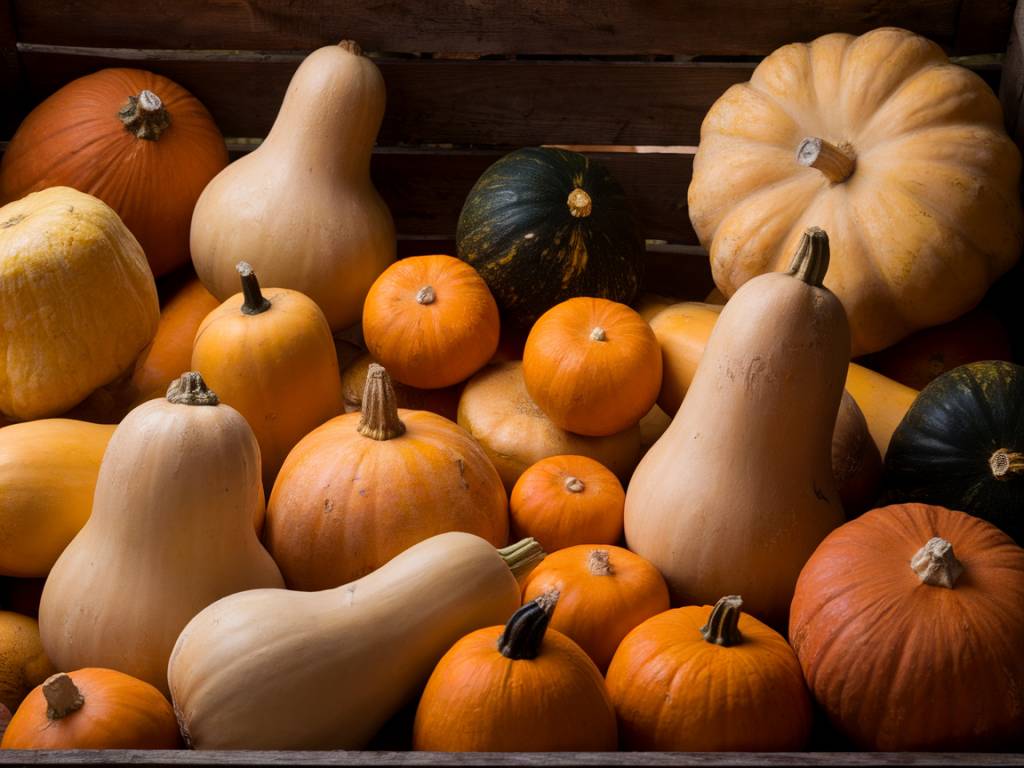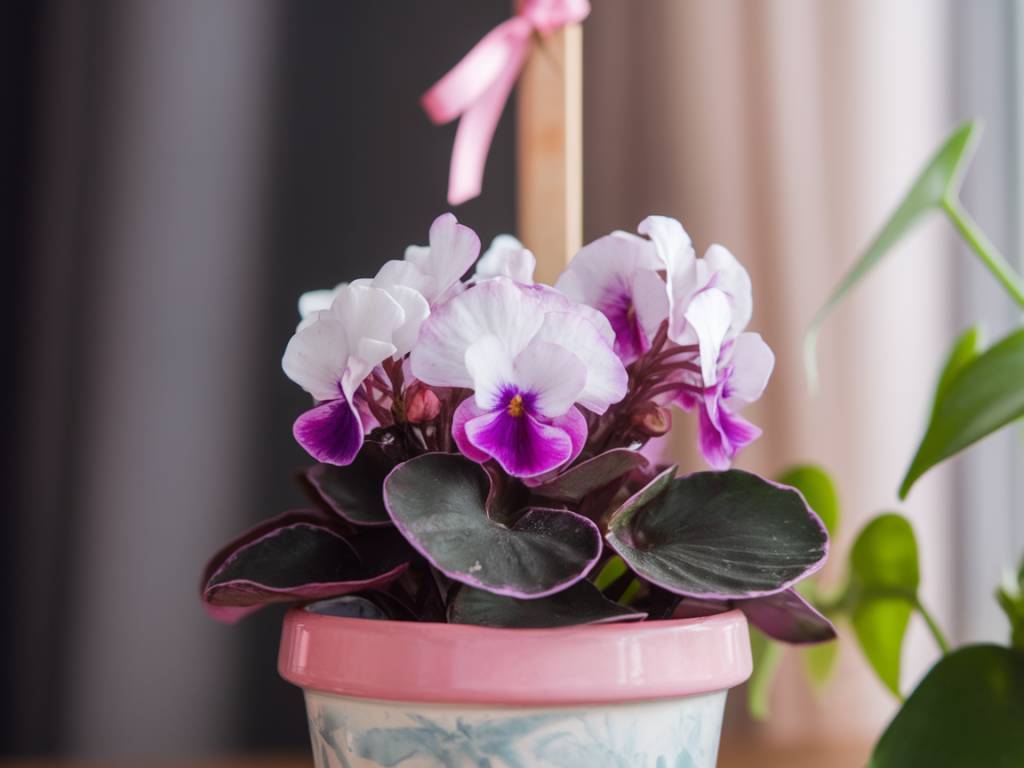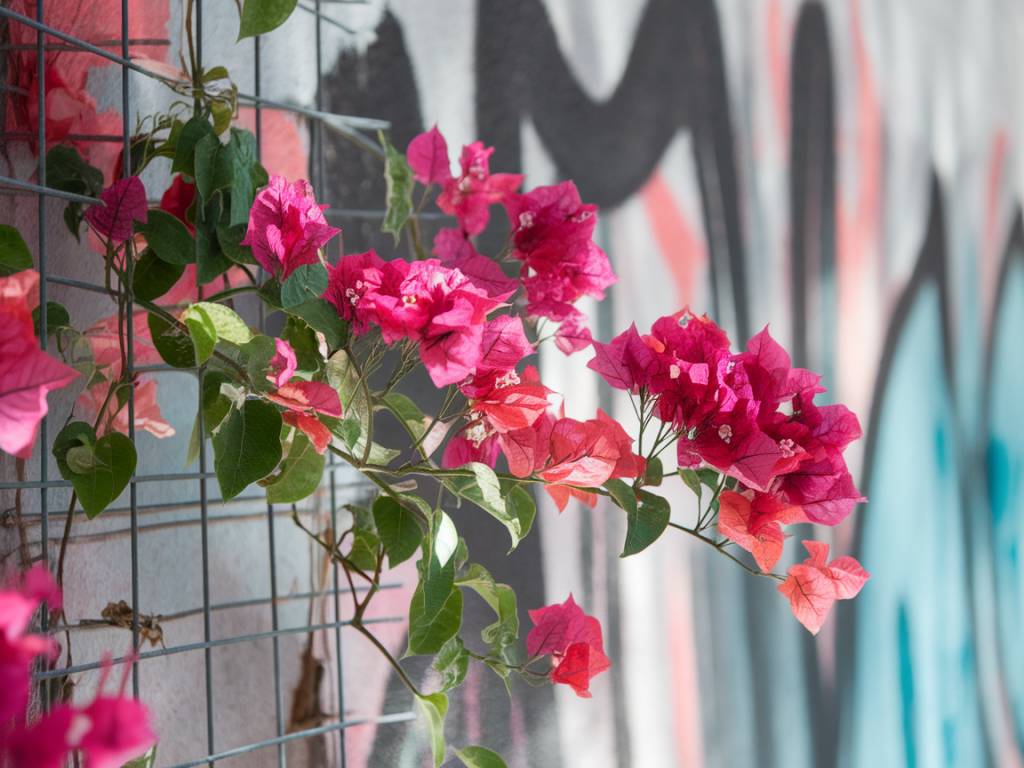There’s something truly magical about having vibrant blooms in the heart of winter. Forcing bulbs indoors allows us to bring a bit of springtime cheer into our homes long before the garden awakens. Today, I’ll share my best tips and techniques for successfully forcing bulbs indoors for lush and colorful winter displays.
Choosing the Right Bulbs
Not all bulbs are suitable for forcing indoors, so it’s important to start with the right selection. My personal favorites for indoor forcing include:
- Paperwhite Narcissus: These fragrant blooms are incredibly easy to force and don’t require a cold period.
- Amaryllis: Known for their large, showy flowers, Amaryllis bulbs are a great choice for indoor gardening.
- Hyacinths: With their strong scent and vibrant colors, hyacinths are perfect for brightening up any indoor space.
- Daffodils and Tulips: These classics can be forced indoors with a bit more effort, requiring a cold period to simulate winter dormancy.
Preparing the Bulbs
Once you’ve selected your bulbs, the next step is to prepare them for forcing. Begin by checking each bulb for firmness and health. Discard any that are soft or moldy. Here’s how to prepare the different types of bulbs:
Paperwhite Narcissus and Amaryllis: These bulbs are the easiest to force as they don’t need a cold period. Simply plant them in a container with well-draining soil or place them in a decorative dish with pebbles, ensuring the base of the bulb is in contact with water.
Hyacinths, Daffodils, and Tulips: These bulbs need a chilling period to mimic winter conditions. Place the bulbs in paper bags or mesh bags and store them in a cool, dark place. An unheated garage, basement, or refrigerator (away from fruits) can serve this purpose. The recommended chilling period is between 10 to 14 weeks at temperatures around 35-48°F (2-9°C).
Planting the Bulbs
After the chilling period, the bulbs are ready to be planted. Here are my tips for planting each type:
Containers: Use pots or containers with good drainage holes. Fill them with a high-quality, well-draining potting mix. Position the bulbs with their pointed end facing up and cover with soil, leaving the tips slightly exposed.
Decorative Vases: For bulbs like paperwhites and hyacinths, you can use decorative vases or shallow bowls filled with pebbles or marbles. Arrange the bulbs snugly together, ensuring the base is in contact with water but not submerged. This method not only looks beautiful, but also makes it easy to monitor water levels.
Encouraging Growth
With the bulbs planted, it’s time to encourage growth. Place the containers in a cool, dimly lit location for the first couple of weeks to allow the roots to develop. A temperature of around 50°F (10°C) is ideal. Avoid placing the bulbs in direct sunlight or near heating sources as this can dry them out and disrupt the growth process.
After the initial period, move the containers to a brighter location with indirect sunlight. Gradually increase exposure to light by moving the containers to a sunny windowsill. Ensure the temperature remains between 60-70°F (15-21°C) to promote optimal growth.
Maintaining and Caring for Bulbs
Water the bulbs sparingly, ensuring the soil remains moist but not waterlogged. Overwatering can lead to bulb rot. For bulbs in decorative vases with pebbles, maintain the water level just below the base of the bulbs. The roots will naturally seek out the moisture they need.
Rotating the containers every few days helps the stems grow straight by preventing them from leaning towards the light source. Additionally, consider supporting tall-growing flowers like amaryllis with stakes or decorative supports to keep them upright.
If you notice any yellowing or wilting of the leaves, check for overwatering or lack of light. Adjust accordingly to address these common issues.
Extending Bloom Time
Once the bulbs begin to bloom, you can extend the flowering period by moving the containers to a cooler spot in your home, away from direct sunlight. A room temperature of around 60°F (15°C) helps prolong the life of the blooms.
To enjoy continuous blooms throughout the winter, stagger the planting of your bulbs. By starting a new batch every two to three weeks, you can ensure a steady supply of flowering plants all season long.
Reusing Forced Bulbs
After the blooms have faded, you can try to save the bulbs for future planting, although they may not bloom as vigorously the following year. Here’s what I do:
- Continue to care for the bulbs by providing water and light until the leaves naturally die back. This allows the bulbs to store energy for the next season.
- Once the foliage has withered, remove the bulbs from the pot and allow them to dry out completely.
- Store the dried bulbs in a cool, dark place until it’s time to plant them in the garden in the spring or early autumn for natural outdoor blooming.
Remember, however, that bulbs like paperwhites typically don’t rebloom and are best composted once their indoor display is over.
Forcing bulbs indoors is a delightful way to bring color and fragrance into your home during the grey months of winter. It’s simple, rewarding, and offers a glimpse of the spring to come. So why not give it a try? I promise that the burst of life it brings will warm your heart.
Happy gardening,
Samanta

